SHARRYLAND
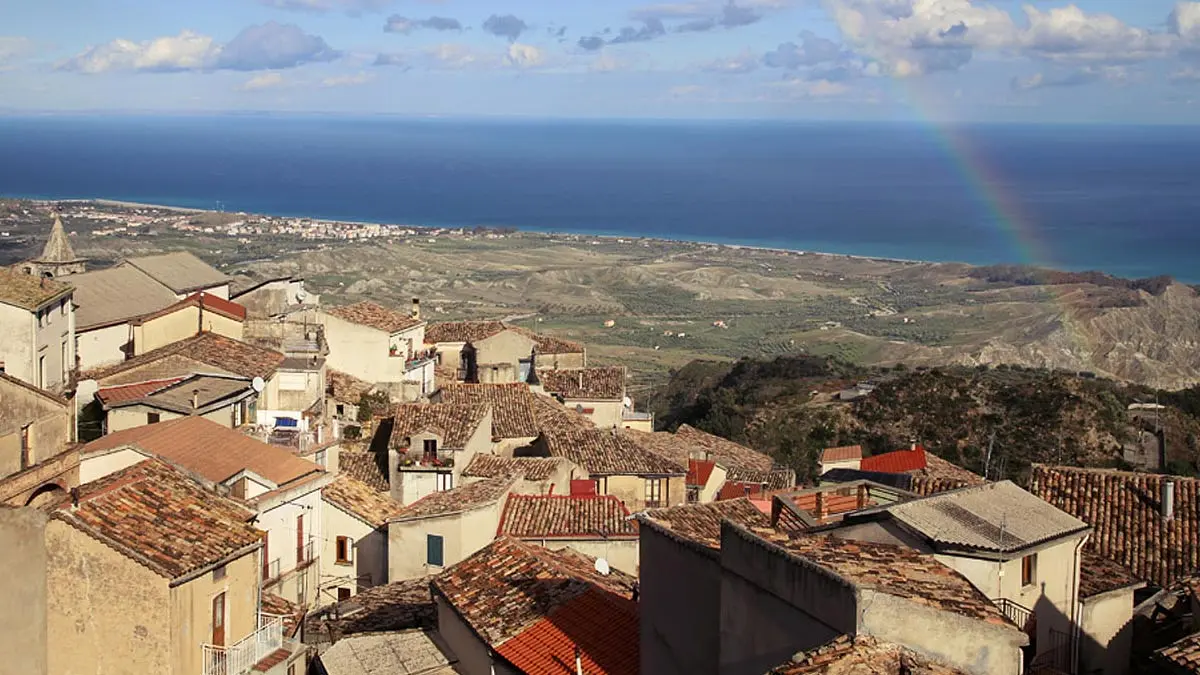




The Riviera of the Angels - Santa Caterina dello Ionio
The charming atmosphere of a village nestled among the undulations of the Ionian hinterland

Where
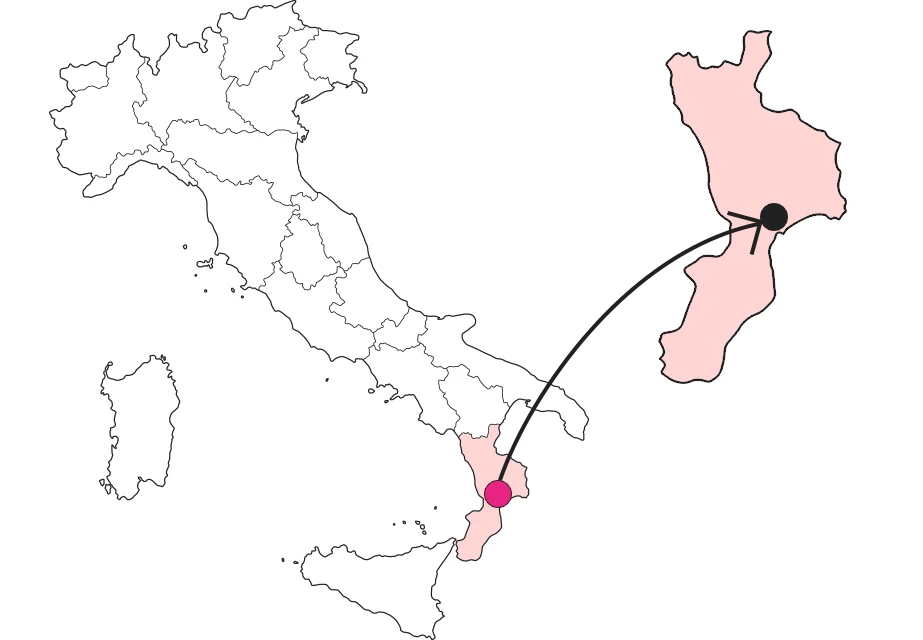
Among the olive trees the road up to the Serre
The municipal territory ranges from the sea, where the busy Marina is , to the more than 1,000 elevation of the Serre. The coastline, still with dunes, is relevant from a naturalistic point of view. In the first hinterland, slight undulations, the so-called timpe, between which the torrents have paved their way . This is the belt of olive trees and vines. Higher up, the environment steepens and lets its clay nature show through in the form of gullies. And higher still we find thegranite environment and the forests of the Serre. From the main town, which is located at an altitude of 459 meters, the road rises at the time of Brognaturo, parading under Mount Bobbolo (m 1147) and Mount San Nicola (m 1260).
The Water Gate, witness to a castle-like past.
It is thought that the village began to form around the year 1000. It was raids by Saracen pirates that forced the local villagers to take refuge in a safer place. Witness to those uncertain times is the Sant'Antonio Tower, one of the last remaining of the lookout system that covered the entire coast. Around 1060 the village of Santa Caterina became part of the County of Badolato. The first lord of the village was Rinaldo Conclubet, a member of one of the most influential Norman families in the history of the South. At that time the village had a castle and was walled with four entrances, one of which, the Porta dell'Acqua, still exists.
Between the houses of the village sudden glimpses of the sea
The most obvious merit of Santa Caterina lies in its intact medieval village atmosphere, in its network of narrow streets crowded with houses, in the widenings in front of ancient churches, in the noble palaces with granite portals, in the sudden glimpses over the hills and down to the sea. In the main square is the 17th-century mother church of Santa Maria Assunta, home of theArchconfraternity of the Blessed Sacrament . Prominent among the civil architecture is the early 18th-century Palazzo Marchese di Francia, with a splendid inner courtyard, which belonged to the family that held the fief of Santa Caterina until 1806.
Towering over the village is an unmistakable bell tower
The church of St. Catherine of Alexandria was erected on the spot where, according to tradition, the patron saint appeared to the Saracens and drove them out of the village. Having received such grace, the people erected a small church, rebuilt in the 17th century in its present form with a Latin cross and three naves. Next to it is the bell tower with a hexagonal cell that stands out unmistakably against the skyline of the old town. At the top of the facade, a niche houses a white marble statue of the martyr who futilely endured the torture of the cogwheel before being beheaded. Inside is an altar of St. Francis of Assisi and a valuable painting of the saint by local painter Luigi Beltrone. The patron saint has her liturgical feast day on November 25 but is also celebrated on the second Sunday in July.
What is called an out-of-season miracle
In contrada Vignali, on the road leading to Brognaturo, is the small church of Madonna delle Nevi. Dating back to the 12th century, it is a one-room building with a gabled roof and bell gable. On one of the walls is a fresco depicting the miracle that took place in Rome on August 4 in the year 305: the snowfall that whitened the Esquiline Hill to urge the city to erect there what would become the basilica of Santa Maria Maggiore. As for the caterisani (that's what the inhabitants of Santa Caterina call themselves) on the first Sunday in August they go up to their little church for a day of celebration that culminates in a fireworks display.
Enter the Map of Italy's Undiscovered Wonders and find treasures where you least expect it... Inspire, Recommend, Share...
The Map thanks:
PSC 2014-2020 del Ministero del turismo - Avviso “Montagna Italia” - Progetto le Montagne del sole - Codice CUP J38J22000450008

In the Community
Enter the Map of Italy's Undiscovered Wonders and find treasures where you least expect it... Inspire, Recommend, Share...
The Riviera of Angels
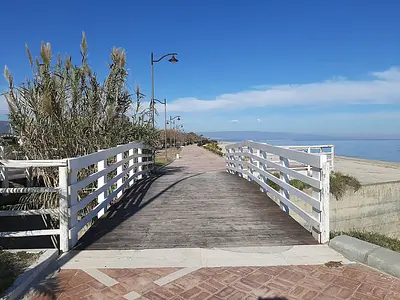
INTRODUZIONE
The Riviera of Angels

2 di 8
The Riviera of Angels - Dàvoli

3 di 8
The Riviera of Angels - San Sòstene
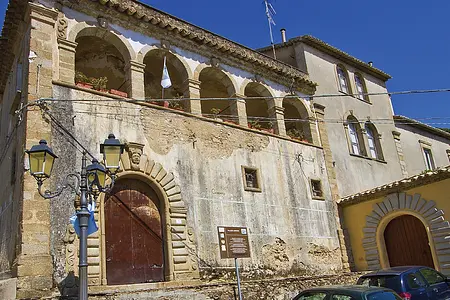
4 di 8
The Riviera of the Angels - Sant'Andrea Apostolo dello Ionio
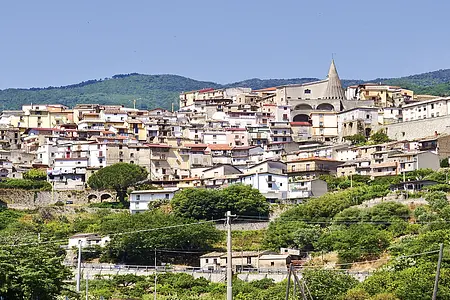
5 di 8
The Riviera of Angels - Isca on the Ionian Sea
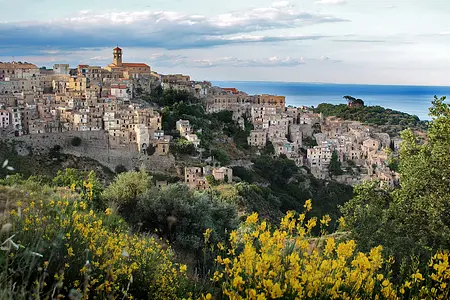
6 di 8
The Riviera of Angels - Badolato
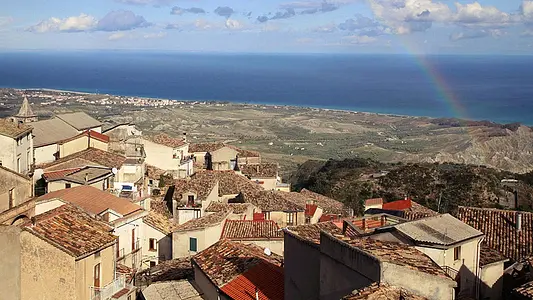
7 di 8
The Riviera of the Angels - Santa Caterina dello Ionio
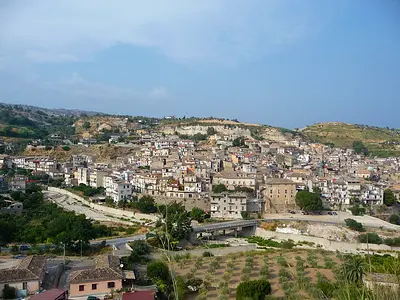
8 di 8
The Riviera of Angels - Guardavalle
Where


